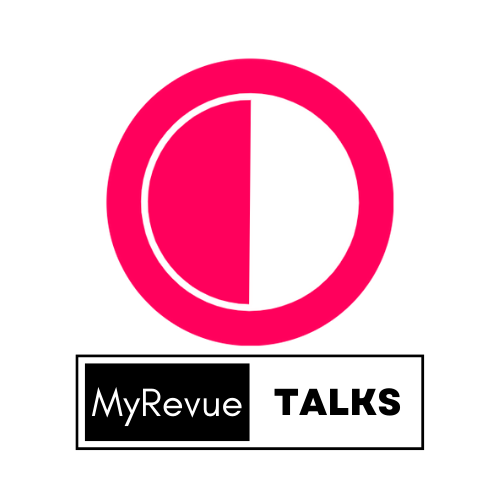UGC and its influence on brand customer feedback and sentiment analysis
UGC (User-Generated Content) has a significant influence on brand customer feedback and sentiment analysis.

Written by Shivangi
Updated on 13/07/2023
<p class="MsoNormal">UGC (User-Generated Content) has a significant influence on
brand customer feedback and sentiment analysis. Let's explore how UGC
influences these areas:<o:p></o:p></p><p class="MsoNormal"><br></p>
<p class="MsoNormal">Customer Feedback: </p><p class="MsoNormal">a. Reviews and Ratings: UGC in the form
of customer reviews and ratings provides valuable feedback on customers'
experiences with a brand's products or services. Brands can analyze UGC-based
reviews and ratings to understand the strengths, weaknesses, and areas for
improvement. Customer reviews offer detailed insights into specific aspects of
the customer experience, helping brands gather feedback for enhancing their
offerings.<o:p></o:p></p><p class="MsoNormal"><br></p>
<p class="MsoNormal">b. Social Media Posts and Comments: UGC on social media
platforms, including posts and comments, provides real-time feedback and
opinions about a brand. By monitoring and analyzing UGC on social media, brands
can gain insights into customers' sentiments, preferences, and experiences.
Social media UGC-based feedback helps brands understand customer sentiment and
engagement, providing valuable insights for decision-making.<o:p></o:p></p><p class="MsoNormal"><br></p>
<p class="MsoNormal">Sentiment Analysis: </p><p class="MsoNormal">a. Language and Tone Analysis: UGC
allows brands to analyze the language and tone used by customers when providing
feedback. By using sentiment analysis tools, brands can automatically classify
UGC-based content as positive, negative, or neutral. Analyzing UGC-based
sentiment helps brands understand the overall sentiment associated with their
brand, products, or specific aspects of their business, enabling them to
identify areas of improvement and address customer concerns.<o:p></o:p></p><p class="MsoNormal"><br></p>
<p class="MsoNormal">b. Emotion Detection: UGC-based sentiment analysis can also
involve detecting and categorizing emotions expressed in customer feedback. By
analyzing UGC for emotional indicators, brands can gain deeper insights into
the emotional state of their customers, helping them understand the impact of
their offerings on customer satisfaction, loyalty, and overall sentiment.<o:p></o:p></p><p class="MsoNormal"><br></p>
<p class="MsoNormal">Feedback Aggregation and Analysis: </p><p class="MsoNormal">a. UGC-based Feedback
Aggregation: UGC provides a vast amount of customer feedback across various
platforms. Brands can aggregate and analyze UGC-based feedback to identify
recurring themes, issues, or trends. By analyzing UGC-based feedback at scale,
brands gain a comprehensive understanding of customer sentiment and can
prioritize areas for improvement based on the feedback patterns that emerge.<o:p></o:p></p><p class="MsoNormal"><br></p>
<p class="MsoNormal">b. Insights for Decision-Making: UGC-based sentiment
analysis and feedback analysis provide actionable insights for decision-making.
By analyzing UGC-based feedback, brands can make data-driven decisions to
address pain points, improve customer experience, and enhance their products or
services. UGC-based insights enable brands to align their strategies with
customer preferences and expectations.<o:p></o:p></p><p class="MsoNormal"><br></p>
<p class="MsoNormal">Reputation Management: </p><p class="MsoNormal">a. UGC-based Brand Perception: UGC
plays a crucial role in shaping brand perception. By analyzing UGC-based
sentiment, brands can assess their reputation and how customers perceive their
brand. UGC-based sentiment analysis helps brands identify potential reputation
issues, manage brand image, and take necessary actions to maintain a positive
perception among customers.<o:p></o:p></p><p class="MsoNormal"><br></p>
<p class="MsoNormal">b. UGC-based Crisis Management: During a crisis or negative
event, UGC provides real-time feedback and sentiment from customers. By
monitoring and analyzing UGC during such periods, brands can identify emerging
issues, address customer concerns, and manage the crisis effectively. UGC-based
sentiment analysis helps brands gauge the impact of the crisis on customer
sentiment and guide their crisis management strategies.<o:p></o:p></p><p class="MsoNormal"><br></p>
<p class="MsoNormal">In summary, UGC has a significant influence on brand customer
feedback and sentiment analysis. UGC-based reviews, ratings, and social media
posts provide valuable feedback and opinions about a brand's products or
services. Analyzing UGC-based sentiment, language, and emotions helps brands
understand customer sentiment, preferences, and perceptions. UGC-based feedback
aggregation and analysis enable brands to identify trends, prioritize areas for
improvement, and make data-driven decisions. UGC-based sentiment analysis
supports reputation management and crisis management efforts. By leveraging
UGC, brands can gain deeper insights into customer feedback, sentiment, and
preferences, enabling them to enhance their offerings and provide a better
customer experience.<o:p></o:p></p>
<p class="MsoNormal"><o:p> </o:p></p>
